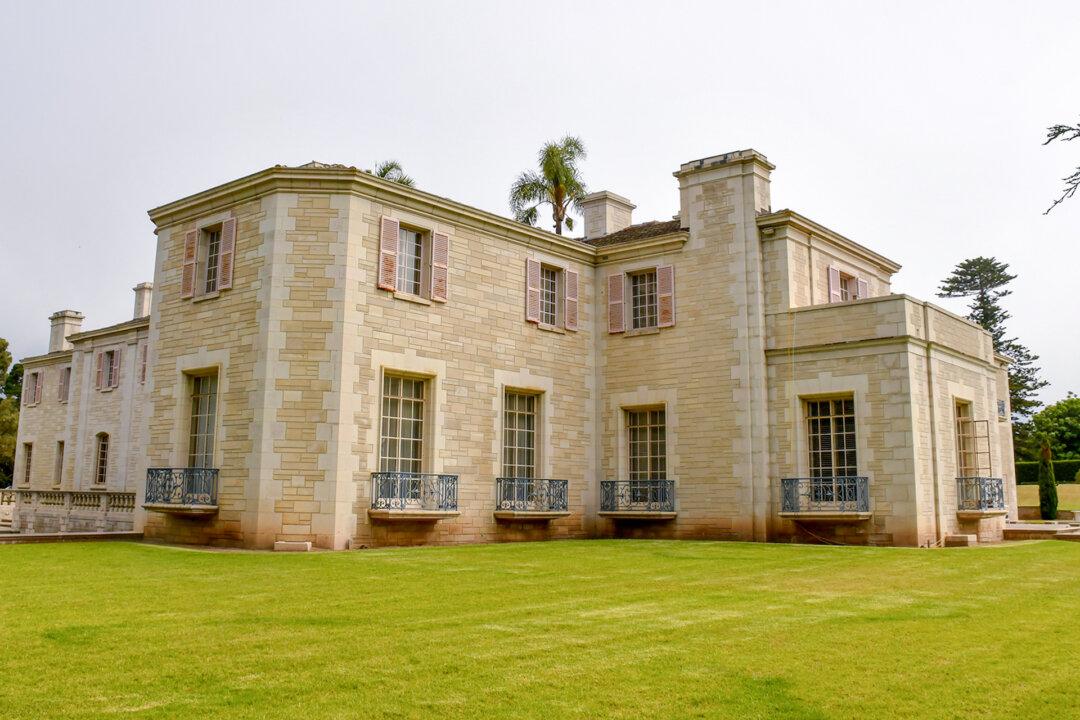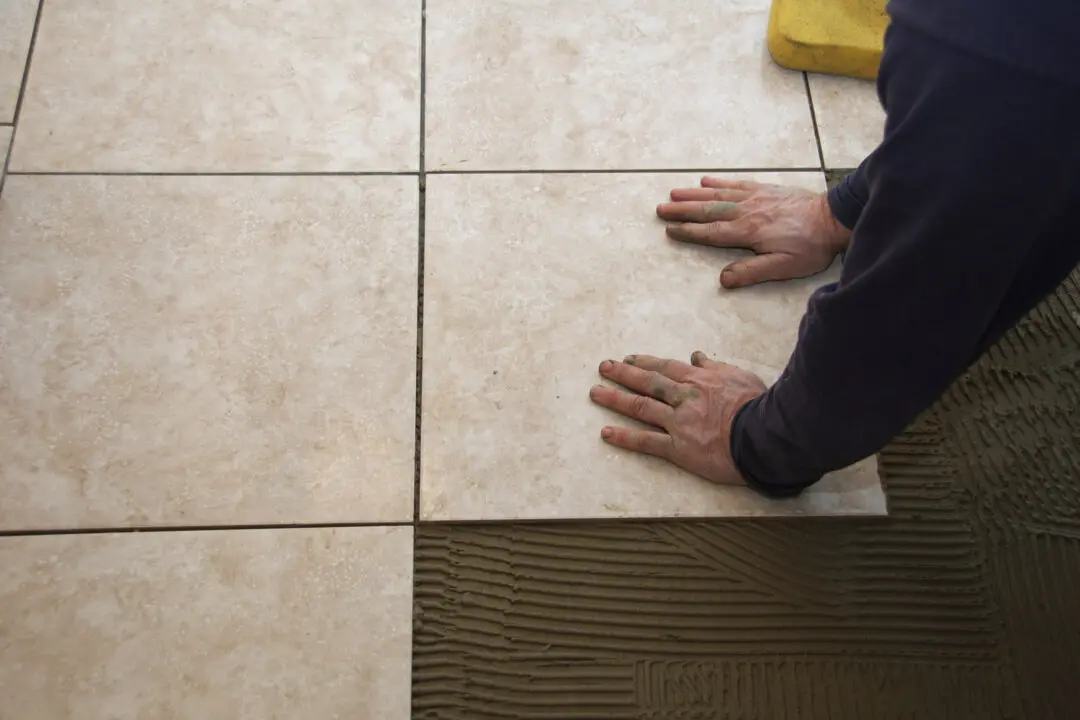By Christopher Reynolds
From Los Angeles Times
The house, a French palace on a Santa Barbara bluff, stands as undisturbed as a crime scene, a pair of unstrung harps in the music room, china laid out on the dinner table, waves crashing on East Beach below.






